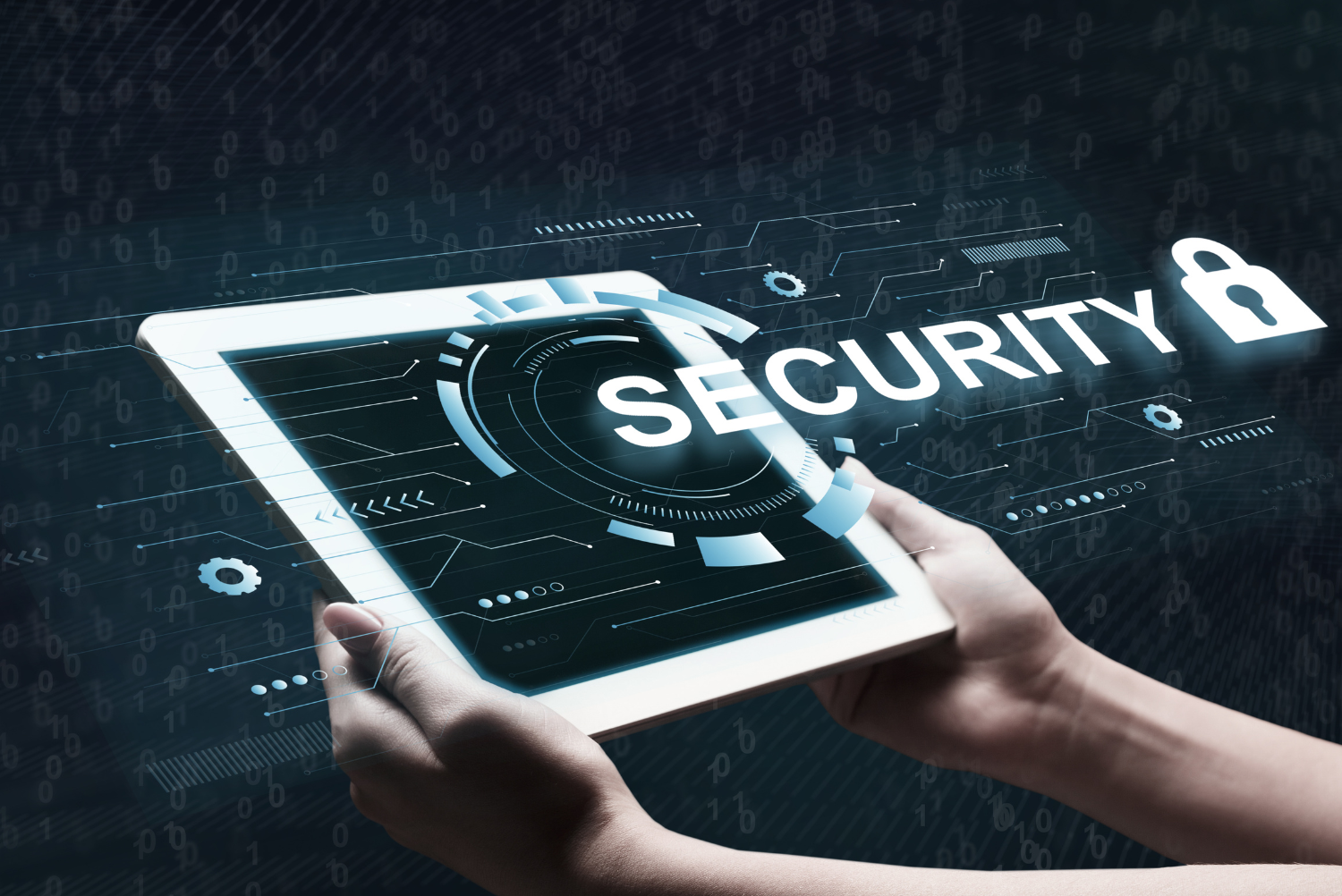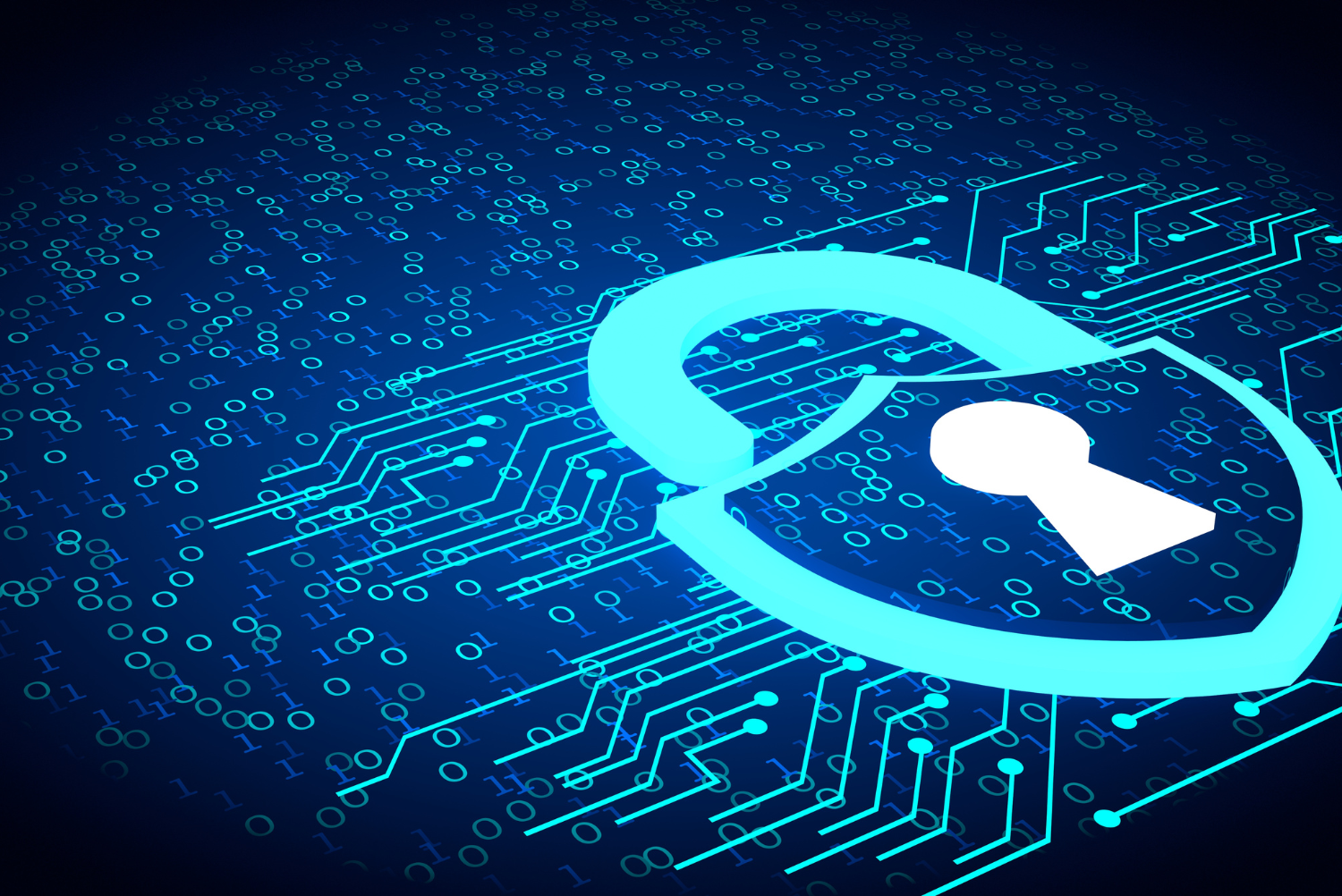According to the ONS, 41% of the UK workforce work remotely, either on a full-time basis or as part of a hybrid arrangement. In 2024, the UK also saw changes to legislation that allows employees to request flexible working from the start of their employment. Despite ongoing debates about returning to the office, remote and hybrid work are no longer temporary solutions that we saw during the Covid-19 pandemic. Instead, they have become a permanent part of how businesses operate.
Many businesses recognise the security risks that come with a distributed workforce, but the challenge comes with fully understanding the long-term implications and taking the right steps to mitigate them. With employees accessing company systems from various locations and devices, it’s important to move beyond short-term fixes and implement security strategies that are built to protect your business for the future.
The Cyber Security Protection Your Business Needs
Remote work has changed the game when it comes to cyber security. While traditional office environments often have centralised systems with strong firewalls and physical security, remote work introduces new challenges. Your employees now have the freedom and flexibility to work where they choose and that means connecting through their home network or even on public Wi-fi. This means you need to look closely at the kind of protection you need to keep your business secure.
Below are five key layers of protection every business should consider to secure its remote workforce:
Device Security
Every device that your remote employees use must be protected against cyber threats. Whether they’re using a company-issued laptop or their personal phone, all devices should be equipped with antivirus software, encryption tools and security patches to defend against malware, phishing attacks and ransomware.
Network Security
Home Wi-fi or public networks are likely to be far more vulnerable than a corporate network. To protect your business, secure connections are essential. A Virtual Private Network (VPN) is a must-have for all businesses, but this alone is not enough.
Multi-Factor Authentication (MFA)
You might have Two-Factor Authentication set up, but it’s now time to take it one step further with MFA. By implementing MFA, it ensures that only authorised employees can access your systems. Even if a hacker manages to steal a password, MFA makes it significantly more difficult to gain access to sensitive information due to the additional layers of verification.
Data Encryption
The risk of lost or stolen devices has certainly increased with the introduction of hybrid working – your employees are now carrying their devices on their commute to and from the office more often than before. It’s therefore important to encrypt sensitive data so it remains unreadable to unauthorized parties. Even without the risk of device theft, it’s critical for remote workers who may access business data outside of the office.
Regular Software Updates and Patches
Remind your remote workers to regularly update their devices and applications. Many cyberattacks happen due to vulnerabilities in outdated software, which cybercriminals can exploit to their advantage. It’s therefore vital that every employee installs updates as soon as they become available.
Why Traditional Security Measures Aren’t Enough
All of the above security measures should be considered essential, but they also rely on the assumption that once an employee logs in, they can be trusted to access your company systems without further verification. However, given the rise of more sophisticated cyber threats, such as phishing, credential theft and insider threats, the traditional approach is no longer enough.
Even if one device is compromised or a single password stolen, this can give attackers access to critical business data – regardless of whether your employee is working from the office, their home or a public space. To truly protect your business, you need a more advanced security model. One that assumes no user, device or network can be trusted by default.
This is where Zero Trust security comes in.
How Zero Trust Security Protects Your Business and Remote Workforce
Zero Trust security is a proactive and rigorous approach to cyber security. It continuously verifies the identity and trustworthiness of not only users, but devices and network connections too – and it does this regardless of whether your employees are working from the office, home or on the go. Rather than just assuming trust, Zero Trust enforces strict access controls at every level. This reduces the risk of unauthorised access and data breaches.
Here’s how Zero Trust security enhances your business’ protection:
Continuous Verification
Zero Trust operates on the principle that trust is never assumed. Every user, device, and network connection must be continuously verified before being granted access to your business systems. This ongoing process ensures that no unauthorised person can access your sensitive business data.
Least-Privilege Access
Zero Trust limits access to only the systems, applications and information that your employee needs to fulfil their role. This drastically reduces the potential damage that a compromised account could have, as the attacker won’t have access to the full range of business’ data and systems.
Advanced Threat Detection
Zero Trust security also includes sophisticated features like behavioural analytics and anomaly detection, both of which continuously monitor activity for signs of unusual behaviour. If something suspicious happens, like an employee trying to access data outside their usual remit, access can instantly be blocked, minimising the risk of a breach.
Securing Remote Connections
You might find that your remote workers often connect from unpredictable and less secure locations. Zero Trust ensures that any connection – whether from a home office or co-working space – is subjected to the same rigorous security checks. This keeps your business protected no matter where your employees are working from.
Future-Proof Your Business Against Cyber Threats
Remote and hybrid work aren’t going anywhere, and neither are the cyber security challenges that come with them. It’s not enough to rely on traditional security measures alone – protecting sensitive data and systems requires a more proactive and long-term approach.
By implementing essential layers of protection such as device security, MFA and data encryption, you can start to reduce vulnerabilities, but as cyber threats become more sophisticated, a Zero Trust security model is the key to ensuring lasting protection. By continuously verifying users and detecting threats in real-time, Zero Trust creates a security framework designed for the modern workplace.
It’s time to move beyond short-term fixes and build a cyber security strategy that can evolve with your business. The right protection now will ensure your remote employees, and your business, stay secure for the future.







